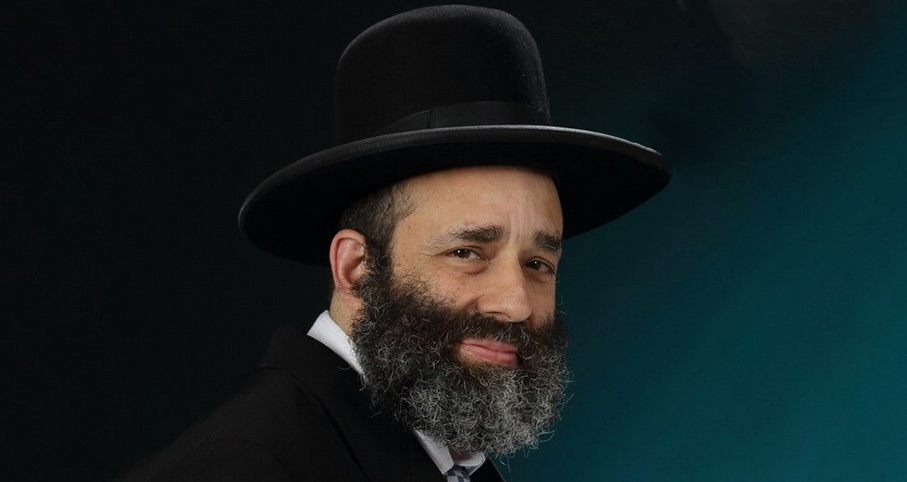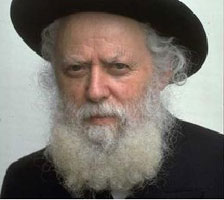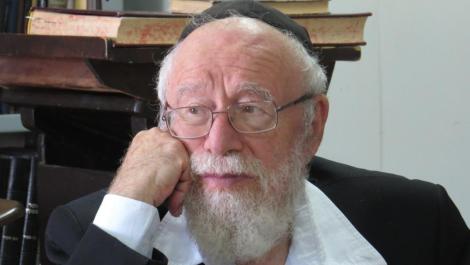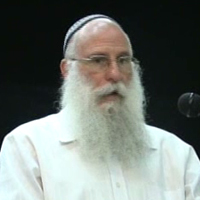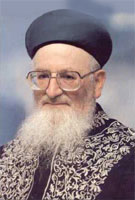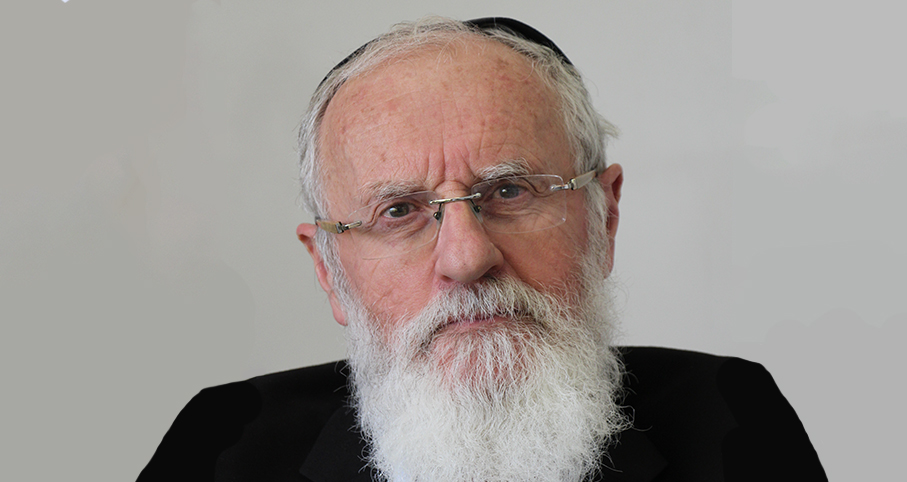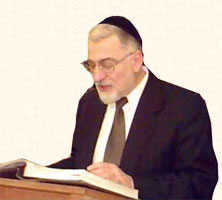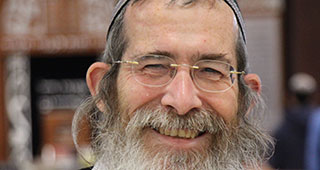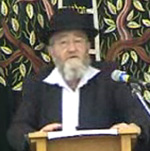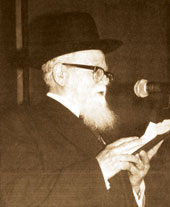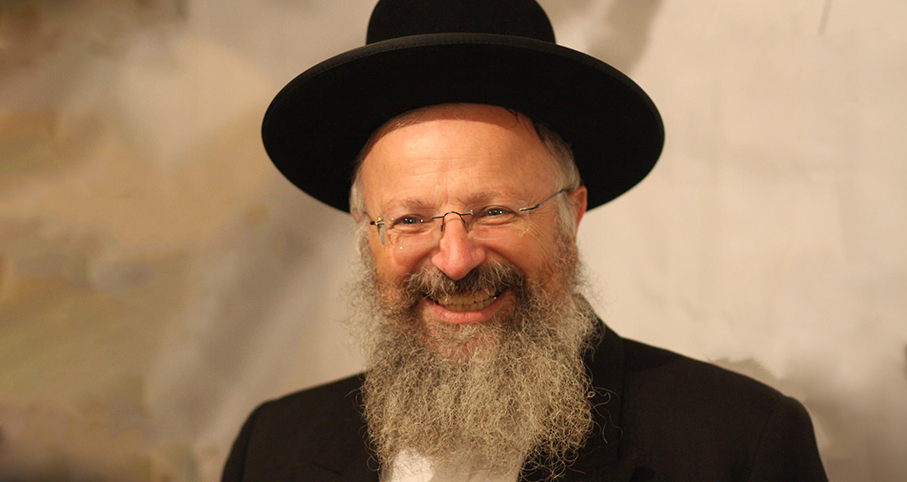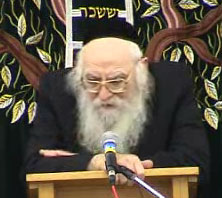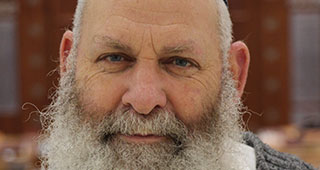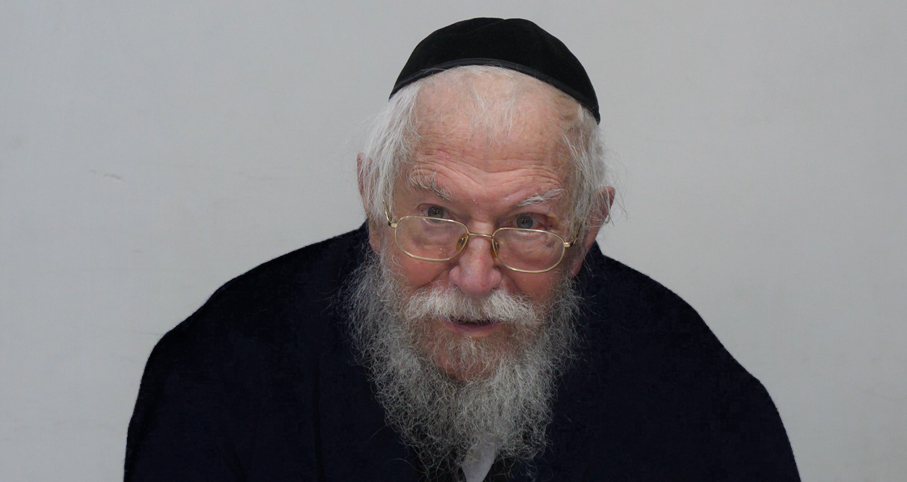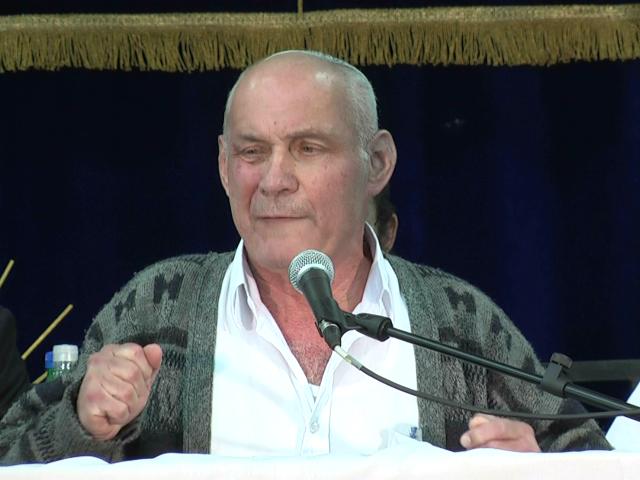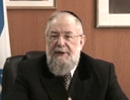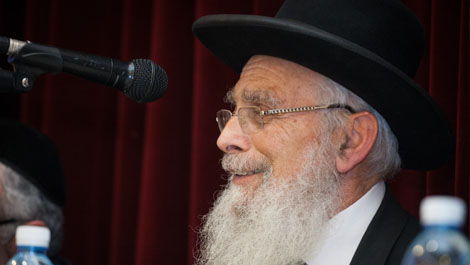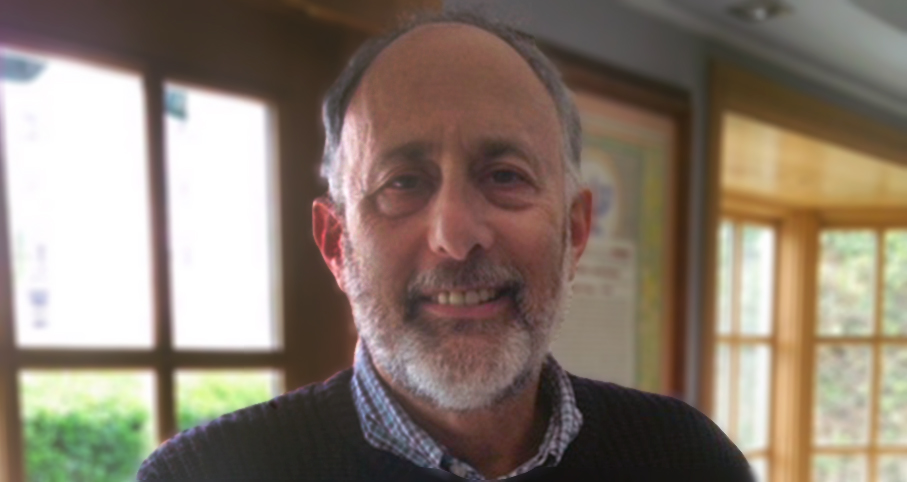Beit Midrash
- Sections
- Chemdat Yamim
- Ein Ayah
[There was a disagreement among the rabbis regarding the blessing after eating dates. Rabban Gamliel, a strong leader who, in this case, held the minority opinion, was eating with a group of rabbis. He asked Rabbi Akiva to make the blessing on behalf of all, assuming he would follow Rabban Gamliel’s ruling, but Rabbi Akiva took the other approach.] Rabban Gamliel said to him: "How long will you place your head in the midst of the disagreement?" [Rabbi Akiva] responded: "Although you say that way and your friends say that way, you have taught us that when there is a disagreement between the majority and the minority, we are to follow the majority."
Ein Ayah: The fundamental idea behind the way to decide among differing opinions is based on the pursuit of truth and of peace. Sometimes, the power of truth prevails, and sometimes the power of peace prevails. Let us now explain.
Certainly, in all cases of disagreement and/or doubt, we should inquire what the truth is, which can be ascertained by means of logic and corroborating sources. However, when we cannot conclude what the truth is, we still need to determine which ruling to follow, and the rule is: "Lean in the direction of the many" (Shemot 23:2). The reason to make such a decision is for peace, so that there not be a multitude of disagreement in Israel.
Rabban Gamliel complained to Rabbi Akiva for the latter’s "placing his head in the midst of the disagreement," in other words, for thinking that he was able to decide (with his head) whose opinion was more correct. Rabbi Akiva answered that he had not acted based on a decision of who he thought was correct. Rather, the need for peace, which is a foundation of the world, demands that he act as he did. In other words, he was not putting his head, or intellect, in the midst of the disagreement and thereby seemingly discounting the words of his teacher [Rabban Gamliel]. Rather, even if it turned out that the truth is with Rabban Gamliel, it is better not to rule like him because of peace. It is apparently for this reason that Rabbi Akiva did not cite the pasuk of "lean in the direction of the many." The commentators point out that the rule found in the pasuk works only when all of the participants in the disagreement are present at the same place, as we shall explain. One can inquire if the logic behind the pasuk is that the majority probably represents the truth, or that the need for peace dictates to follow the majority. Regarding truth, when all are together and hear the others’ arguments, we assume that the majority considered everything and are more likely to have come to the correct decision. When they are not together, we have to consider that had they heard the other side, they might have conceded. However, regarding peace, even if they are not in the same place, the majority has an advantage.
One can also say that these two ways of looking at the matter are behind the disagreements between Beit Shamai and Beit Hillel. We are told that the members of Beit Shamai were, on average, sharper than those of Beit Hillel, but Beit Hillel constituted a majority. Beit Shamai reasoned that numbers should not make a difference when one side has a clear intellectual advantage at arriving at the truth. Beit Hillel felt that the basis for following the majority has to do with keeping the peace, in which case the level of the scholar is not the determining factor. Since we accept the idea of following the majority even regarding cases where the groups are not present together, we see that the matter has to do with peace. In any case, following the majority is not a matter of taking sides to denigrate the opinion of the opposing minority scholars.
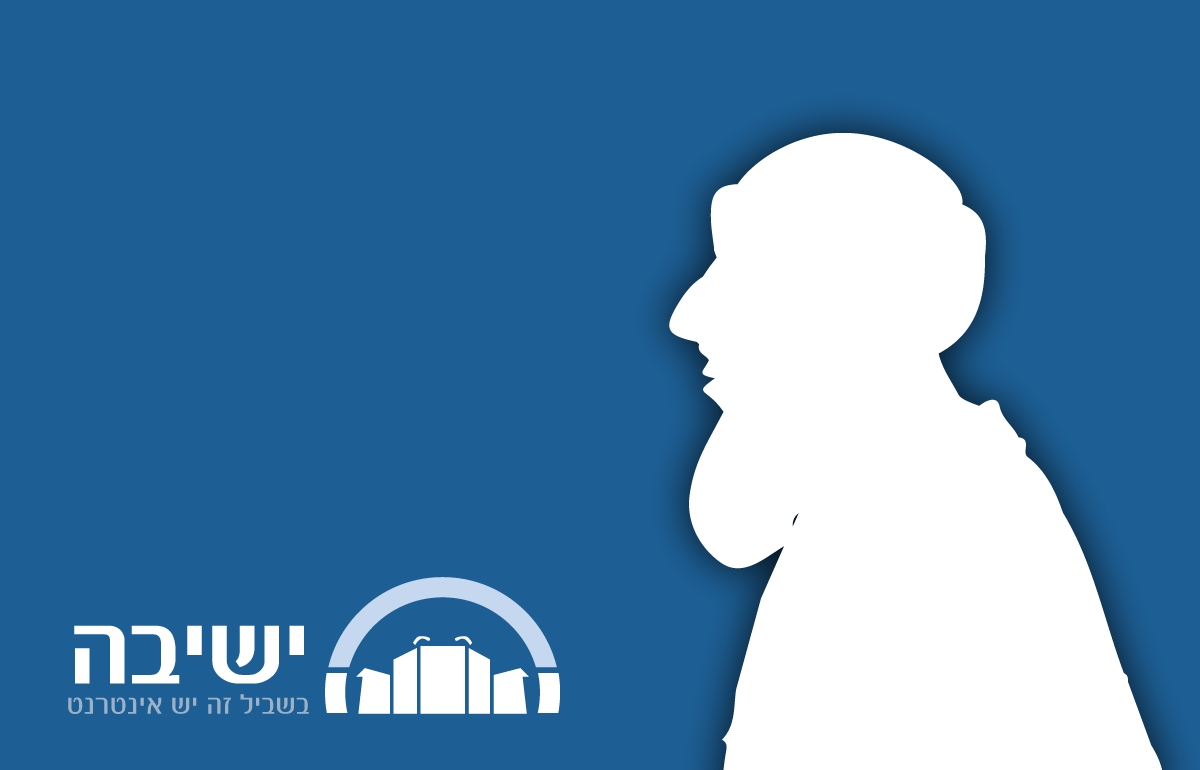
There are Two Sides to Existence but One Right Place for Things
condensed from Ein Ayah, Shabbat 12:7
Beit Din Eretz Hemda - Gazit | Sivan 23 5780
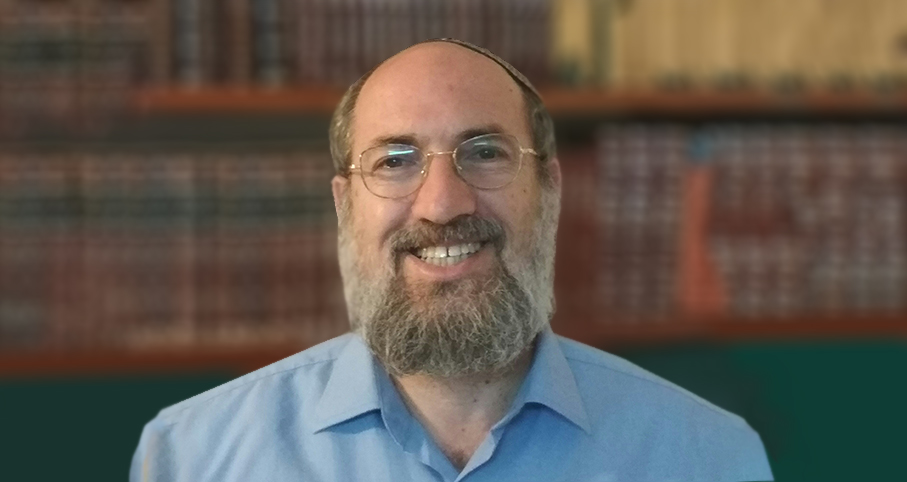
Our 5 Levels of Life & Existence
Ein Aya Shabbat 5,21
Rabbi Ari Shvat | Iyar 5783

Bringing Benefit to a Talmid Chacham
Various Rabbis | 5769

The Road to Heaven is Also Paved With Good Intentions
Ein Aya Shabbat 5,19
Rabbi Ari Shvat | Adar 5783

Various Rabbis
Various Rabbis including those of of Yeshivat Bet El, such as Rabbi Chaim Katz, Rabbi Binyamin Bamberger and Rabbi Yitzchak Greenblat and others.

Buying Looted Seforim from the Slovakians
Iyar 21 5775

Responsibilities Based on Different Modes of Influence
Sivan 26 5777

Proper Foundations of the Home
Ein Aya Shabbat Chapter B Paragraph 192
Tevet 12 5777

